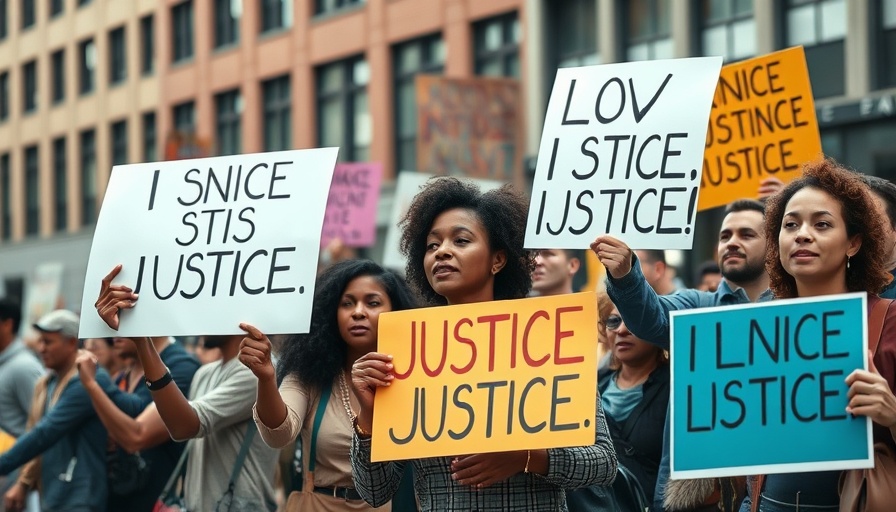
The HALT Act: A Turning Point For New York's Corrections System
In 2022, New York enacted the Humane Alternatives to Long-Term Solitary Confinement Act (HALT), a significant reform aimed at overhauling solitary confinement practices within state correctional facilities. The act restricts the use of segregated confinement to a maximum of 15 days and mandates alternative therapeutic measures, such as creating Residential Rehabilitation Units (RRUs). This legislation aligns New York's practices with the United Nations' Nelson Mandela Rules, which categorically label confinement beyond 15 days as a form of torture. This legislation is turning the tide on how corrections can operate and significantly impacts public safety strategies.
Why HALT Matters for Public Safety and Trust
HALT serves a dual purpose: enhancing institutional accountability and improving rehabilitation in the corrections system. By limiting the duration and circumstances under which individuals can be placed in solitary confinement, this law strives to mitigate the physical and psychological damages often associated with such practices. As agencies like the Department of Corrections and Community Supervision (DOCCS) adapt to these new requirements, the goal is to foster safer environments for both correctional staff and incarcerated individuals.
Challenges and Compliance: Insights from the Inspector General's Report
A recent report by New York State Inspector General Lucy Lang points out that while there has been progress in HALT's implementation, there remain significant obstacles. Outdated record-keeping systems within DOCCS compromised their ability to accurately monitor compliance, an essential element for ensuring humane treatment. The report highlighted issues such as excessive confinement durations, improper use of restraints, and inadequate access to programs and recreation. Without robust data management, assessing the efficacy of the reform becomes nearly impossible, underscoring the need for technological investments within corrections.
Creating Sustainable Alternatives: The Need for Innovation in Policing
As societal perceptions of justice evolve, police departments face growing pressure for reform. The principles behind HALT can also apply to law enforcement practices, highlighting the need for innovative recruitment strategies and community policing initiatives that prioritize transparency and procedural justice. Public safety data analysis strategies will become increasingly vital in gauging the effectiveness of these reforms, facilitating better police-community trust and accountability.
Statements from Key Stakeholders: Advocates and Lawmakers
Support for HALT has rallied various stakeholders, including law advocates, mental health specialists, and legal reform activists who view this measure as a milestone in correcting a long-standing injustice. NY Senator Julia Salazar, who spearheaded the bill, emphasized the act’s moral imperative, stating, “This monumental achievement is a step toward delivering justice for all New Yorkers, especially those severely impacted by solitary confinement.”
With calls for robust implementation measures from community and civil rights leaders alike, the passage of HALT can instigate broader discussions on police reform, officer wellness, and innovative approaches to crisis intervention. For sustained success, parallel efforts must continue to modernize correctional standards and practices that uphold human dignity.
Conclusion: The Future of Correctional Practices in New York
The implementation of the HALT Act symbolizes a transformative endeavor in New York's penal system, encouraging a shift from punitive isolation to therapeutic rehabilitation. As this act takes root, it's imperative for public safety stakeholders—including police departments and correctional facilities—to work collaboratively toward a goal that prioritizes justice, accountability, and rehabilitation.
For those invested in the future of public safety and justice reform, understanding HALT's implications is crucial. Continued advocacy and support for legislative improvements can ensure that humane treatment becomes a cornerstone of correctional practices in New York. Awaiting the governor's signature on this legislation, support from the broader community remains essential for a successful transition.
 Add Row
Add Row  Add
Add 

 Add Element
Add Element 




Write A Comment